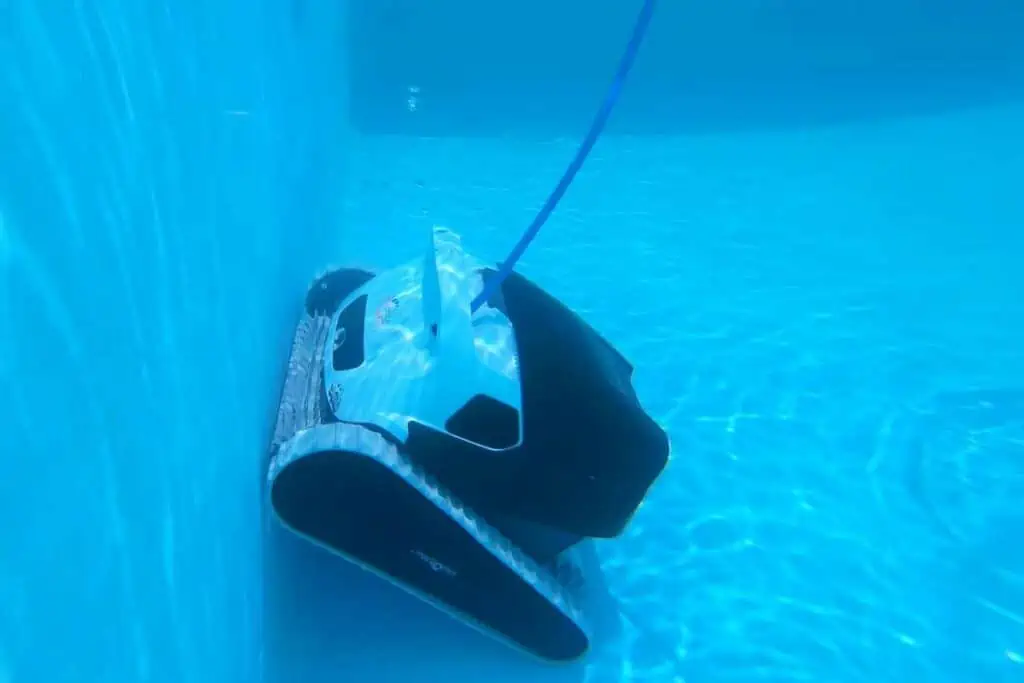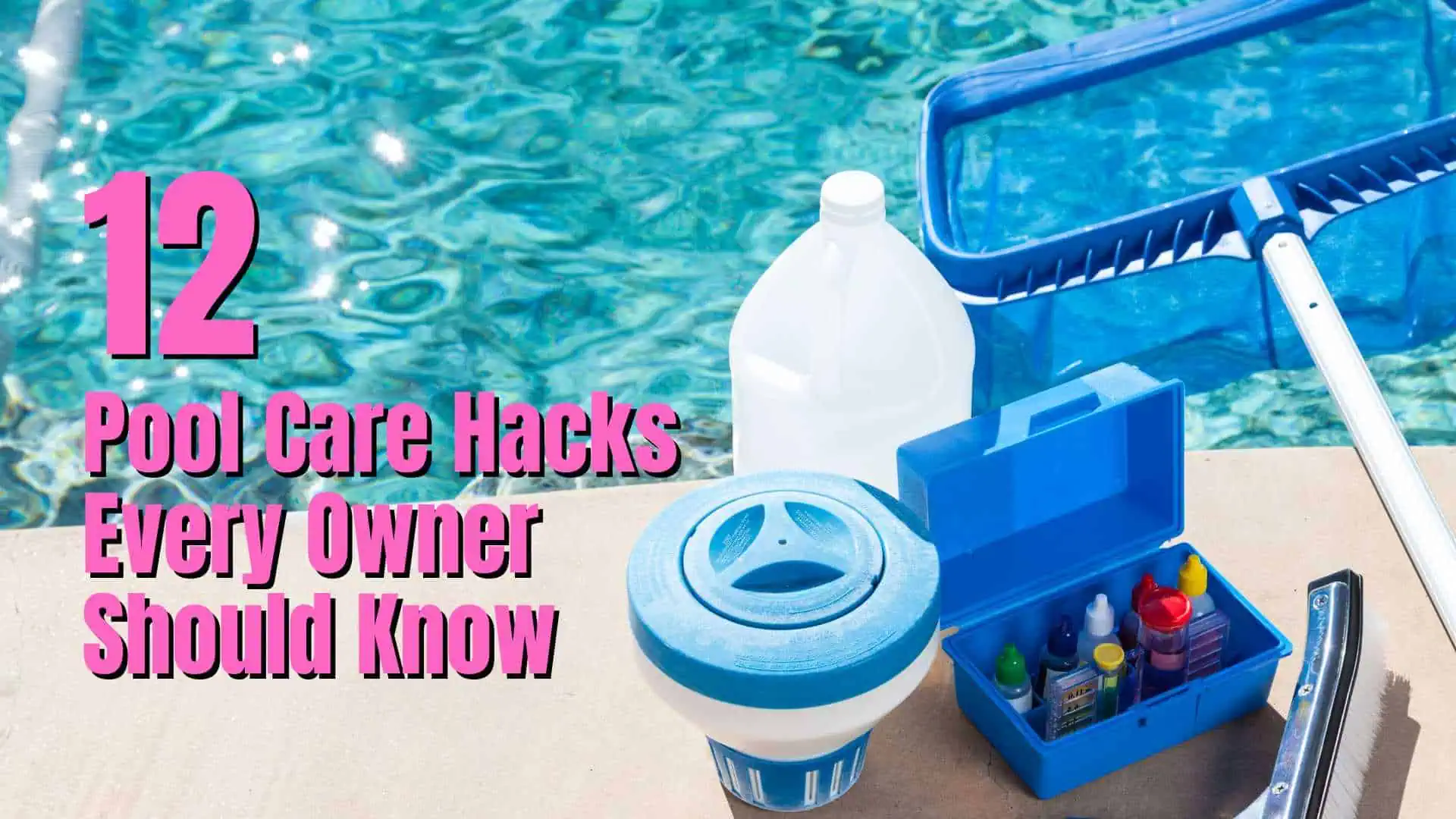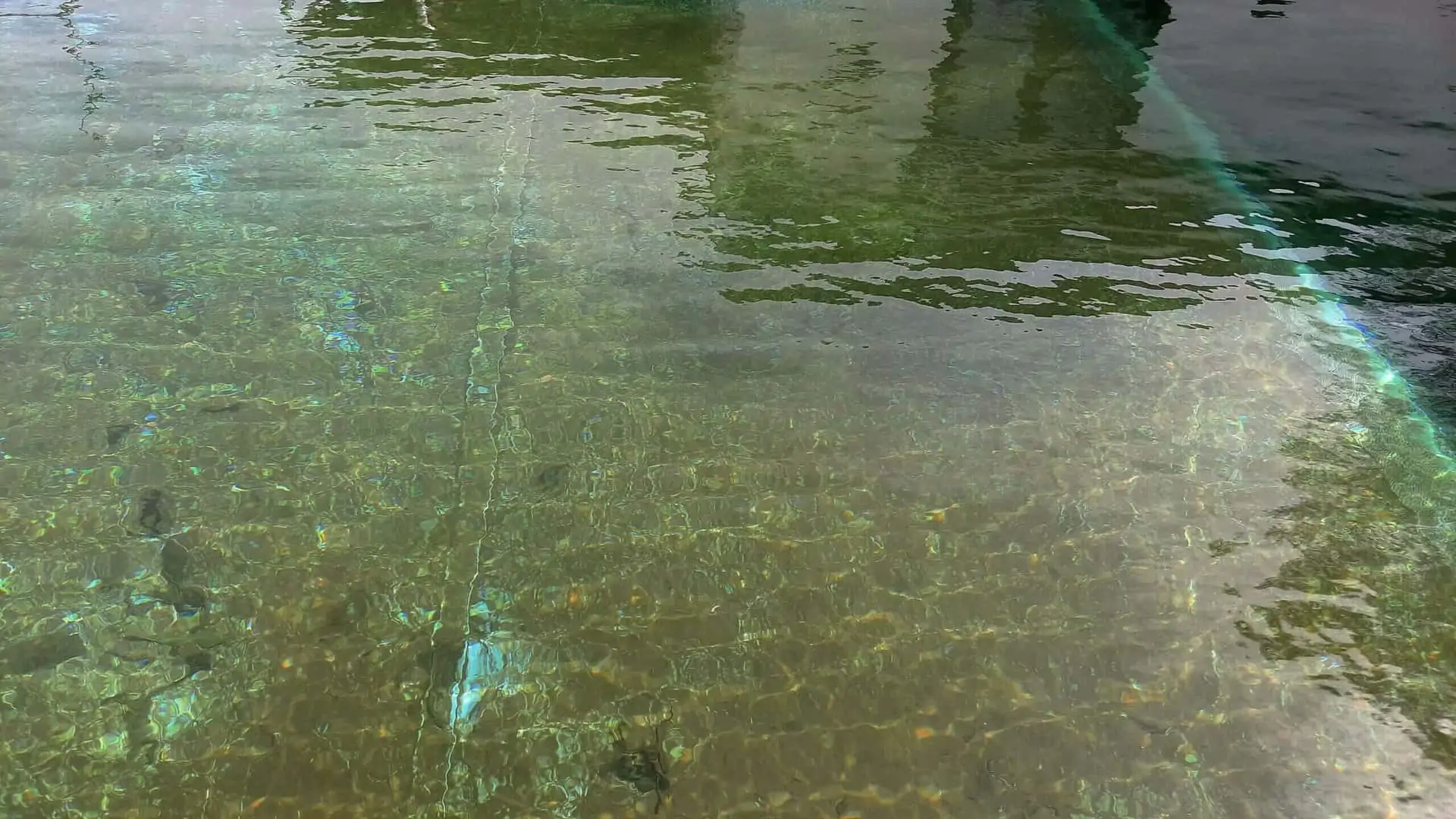Are you curious about how robotic pool cleaners work and the magic behind their automated cleaning? These high-tech devices have transformed pool maintenance from a cumbersome chore into a seamless, efficient process. Understanding their technology and functionality can help you appreciate the innovation they bring to keeping pools pristine.
Well, we’ll be going over:
- What are the key components of a robotic pool cleaner, such as its navigation system, cleaning mechanism, and filtration system?
- How do different robotic pool cleaners cater to various pool sizes and shapes?
- What are the benefits of using a robotic pool cleaner compared to traditional cleaning methods?
Let’s dive in and explore the fascinating world of robotic pool cleaners, unraveling how they effortlessly maintain the cleanliness and hygiene of swimming pools.

How Robotic Pool Cleaners Work
Robotic pool cleaners use advanced technology for efficient pool maintenance, including navigation systems, cleaning mechanisms, and filtration systems. They autonomously navigate pools using sensors and algorithms, removing debris with brushes and rollers. Built-in filters trap dirt, enhancing cleaning and reducing maintenance efforts.
This section will explore these integral features of robotic pool cleaners.
Navigation System
Efficient navigation ensures that a robotic pool cleaner can cover the entire pool area. Most robotic pool cleaners use advanced microprocessors and sensors to detect pool size, shape, and obstacles – ultimately mapping the optimal cleaning path.
- Gyroscopic navigation: Ensures the robot remains stable and maintains the correct direction, even on curved surfaces.
- Infrared sensors: Detect walls, stairs, and other obstacles, allowing the robot to adapt its path accordingly.
Cleaning Mechanism
The cleaning mechanism embedded in robotic pool cleaners uses high-quality brushes and rollers, effectively removing dirt, algae, and debris from your pool surface, ensuring a spotless pool.
| Brush Type | Description |
|---|---|
| PVC Brushes | Basic bristles suitable for smooth surfaces. |
| Combination Brushes | A mix of PVC and silicone brushes for enhanced cleaning. |
| PVA Brushes | Premium brushes that excel in adhesion and cleaning capabilities for any pool surface. |
Filtration System
Robotic pool cleaners come equipped with internal filtration systems that catch debris as the robot cleans the surface. The most popular types of filters include:
- Bag filters: Made of mesh or cloth, they are easy to clean but may not capture the finest debris.
- Cartridge filters: Composed of pleated polyester materials, they efficiently trap even fine particles.
Cleaning the filters regularly is crucial for maintaining the effectiveness and lifespan of your robotic pool cleaner.
Understanding Robotic Pool Cleaners
Robotic pool cleaners are advanced, automated devices designed to keep your pool sparkling clean with minimal effort on your part. This section aims to understand better how these handy machines work by discussing their types, components, and features.
Not all robotic pool cleaners are equal, though. Some will only lean on the bottom, others will climb and clean the walls, and others can scrub the waterline.
Types of Robotic Pool Cleaners
There are two main types of robotic pool cleaners available in the market:
- Residential robotic pool cleaners: These are designed for home use and are optimized to work in various pool shapes and sizes typically found in residential settings.
- Commercial robotic pool cleaners: These are built for larger, commercial pools often found in hotels, resorts, or public swimming facilities and come with advanced features and increased cleaning power.
Components and Features
Robotic pool cleaners comprise various components that deliver optimal cleaning performance. Some of the key components include:
| Component | Description |
|---|---|
| Motor | Responsible for providing power to the cleaner, enabling it to navigate and operate efficiently. |
| Brushes | Used to scrub and dislodge dirt, algae, and debris from pool surfaces. |
| Filter | Traps and collects dirt, debris, and fine particles as the cleaner moves through the water. |
Robotic pool cleaners come equipped with various features to make pool cleaning more efficient and convenient, such as:
- Smart navigation: Advanced sensors and algorithms that map the pool’s dimensions and layout, ensuring complete coverage and efficient cleaning.
- Remote control: This lets you easily control the cleaner’s movement and settings.
- Programmable settings: You can set cleaning schedules and adjust cleaning modes to suit your pool’s specific needs.
- Automatic shut-off: The cleaner turns off automatically after completing its cleaning cycle, conserving energy and prolonging the device’s lifespan.

Benefits of Robot-enhanced Cleaning
Robotic pool cleaners offer numerous advantages over traditional manual cleaning methods. Let’s explore some of the main benefits of using these innovative devices.
Energy efficiency: Robotic pool cleaners use low-voltage electricity, which means they consume less energy than other types of pool cleaners. This helps lower your energy bills and reduce your carbon footprint.
Time-saving: With a robotic pool cleaner, you can set it to clean while focusing on other tasks, maximizing your time. Simply power it on, submerge it in the pool, and let it do its job.
Thorough cleaning: These devices are designed with advanced technology, ensuring a deep and thorough cleaning of all pool surfaces, including hard-to-reach areas. This helps maintain a cleaner, healthier, and more enjoyable swimming environment.
Enhanced filtration: Robotic pool cleaners come equipped with built-in filters, which remove debris and contaminants directly from the water. This makes your pool look better and reduces the strain on your pool’s filter system.
Easy maintenance: Most models have simple, user-friendly designs with easy-to-clean components. This means less time spent on maintenance, allowing you to enjoy your pool more often.
Video
This is my Dolphin pool cleaner doing its job in my pool:
FAQs
How are pool robots powered?
An electric motor powers robotic pool cleaners. Although plugged into a regular power outlet, they also have a transformer that does not go into the pool that steps the voltage down to safe levels.
Do you still need to brush pool if you have a robot?
If you have a robotic pool cleaner that can climb your pool’s walls, you will not need to brush so often. You may still need to brush pool ladders or steps manually.
Do pool robots use a lot of electricity?
According to Maytronics a robotic cleaner uses less than 100kWh of electricity annually on average.
Investing in a robotic pool cleaner can significantly improve your pool maintenance experience while offering cost- and energy-saving benefits.

I have had hot tubs for over 20 years and a pool for the last 10 years. I had to learn how to clean, maintain and fix them the hard way. Since then I have helped many friends and neighbors with their pools and now I want to share everything I have learned with you. About Me



